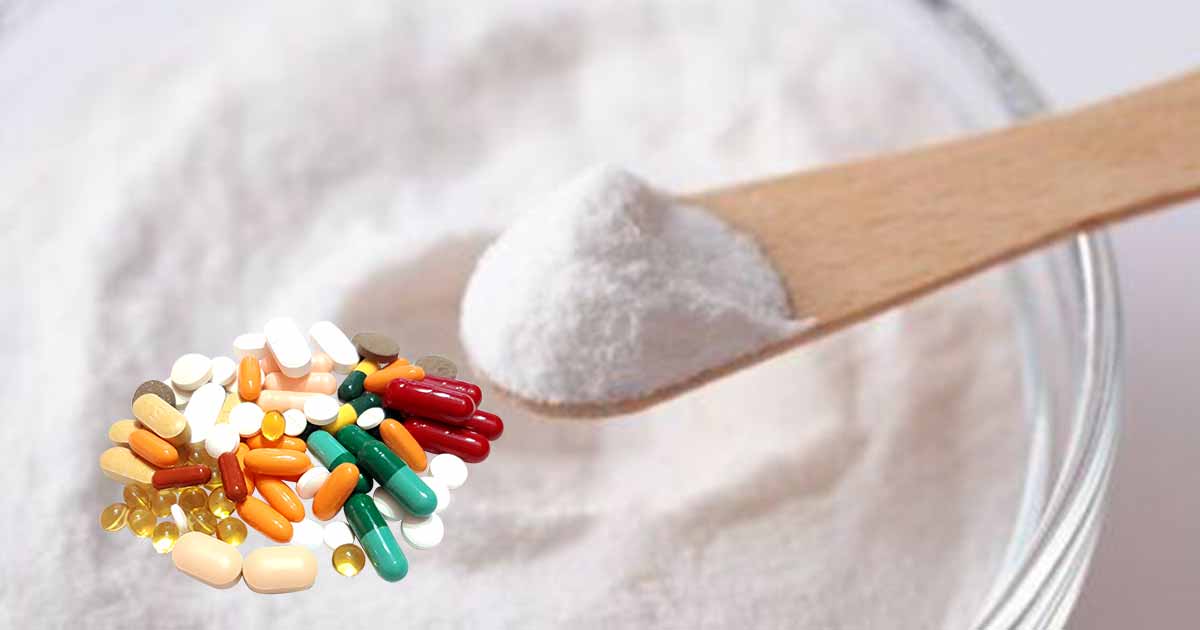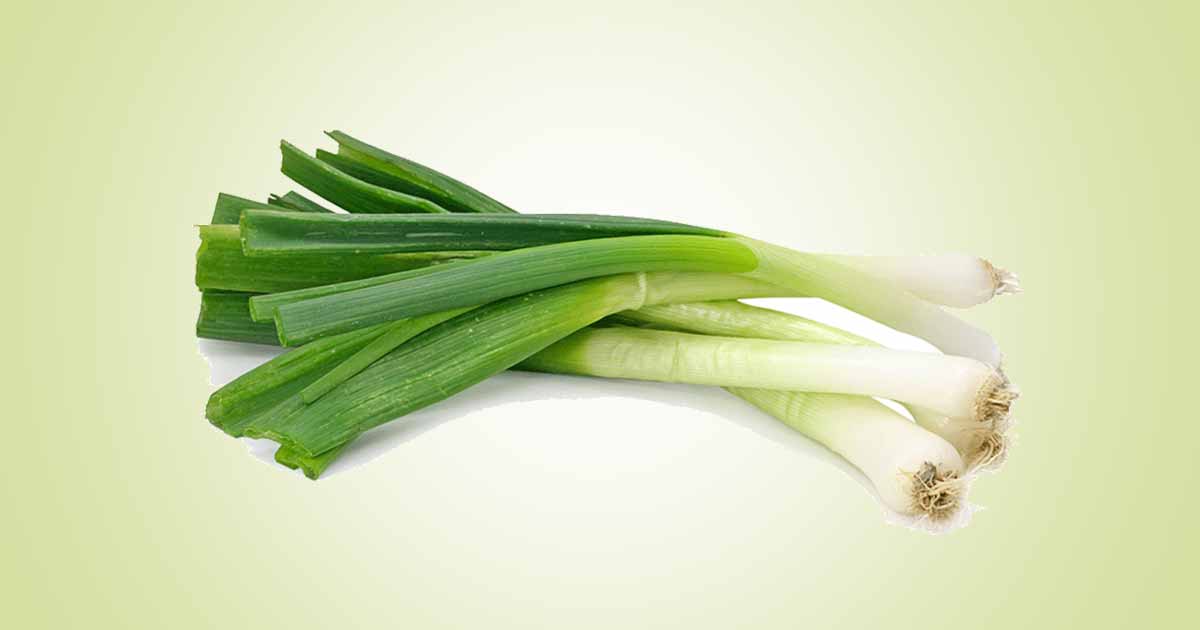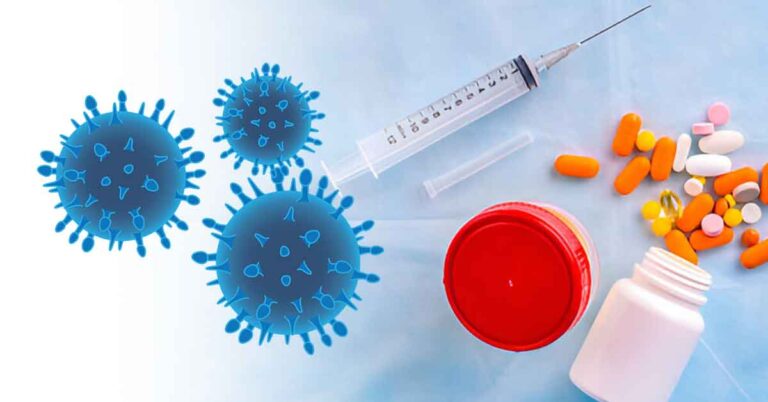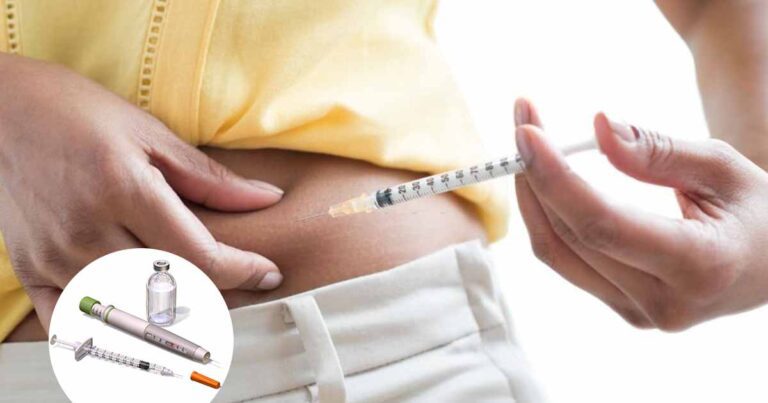Medical gloves are divided into three main types: examination gloves, surgical gloves, and medical gloves for handling chemotherapy agents (chemotherapy gloves).
We use disposable gloves for protection of the whole hands against harmful substances from the environment, or to protect healthcare providers and patients from infections.
Examination gloves are made from natural or synthetic rubbers. Some disposable gloves are powder free, which means the residual powder in each glove is less than 2.0mg after manufacturing.
Due to the risk of highly infectious pathogens and virulent organisms, dangerous chemicals or high-risk patients, two layers of examination gloves can be worn. This practice is called double donning of gloves.
Quality indicators of examination gloves are tensile strength (force at break) which is the force that can applied when the disposable gloves are elongated before it tears. Other quality indicators are the manufacturing process used, raw materials, quality inspection system, and specific formulations.
It is an erroneous belief to associate glove quality with the weight. The weight may be from the fillers used, which may be heavier than the polymer material of the gloves. This is not good, as the fillers may reduce the performance of the gloves.
Depending on the risk being handled, we have three types of disposable gloves:
- Class I: Non-sterile examination gloves
- Class Is: Sterile examination gloves
- Class IIa: Surgical gloves
Types of Examination Gloves (Major Classification)
We can classify examination gloves into five main types based on color, material, size and shapes, sterility, and inner treatment.
1. Sizes and shape:
There are different sizes of examination gloves, and they are ambidextrous (shaped in a way that we can wear them on the right or left hand). The sizes are
- Extra small (XS) – Less than 3″
- Small (S) – Up to 3″
- Medium (M) – 3″ to 3¼”
- Large (L) – 3¼” to 3⅝”
- Extra Large (XL) – 3⅝” to 4″
The size to wear depends on individual preferences, length of finger, shape, and general dimension of hand.
2. Materials
The main raw materials for examination gloves are natural rubber latex, nitrile butadien latex, polyethylene, synthetic polyisoprene, and PVC/softener paste. We evaluate the materials for disposable gloves based on three criteria when exposed to chemicals.
They are the breakthrough time, which is the time it takes chemical exposure outside the gloves to be observed inside it. If the material holds chemicals beyond 8 hours, they consider it a good material.
Permeation rate is the rate at which substance pass through the gloves after the breakthrough time. The chemical absorbs on the surface, diffuses through the material, and desorp on the inner surface.
Degradation is physical changes like swelling, cracking, shrinking that can occur if the gloves come in contact with chemicals. Chemical breakthrough can occur without degradation.
READ ALSO: Important Medical Uses of External Condom Catheter
i. Natural Rubber Latex Gloves (NRL)
This examination gloves are made from rubber latex, the most elastic natural material made from “Hevea Brasiliensis” (rubber tree). They grow this tree mostly in Asian countries like Thailand, Malaysia. Latex material contains 65% water, 33% polyisoprene, 2% resins and 1.8% protein.
Advantages:
- Good resistance to alkali and acids.
- Comfortable and offers good fitting and feel to hands because of the elasticity and ability to adapt to shapes.
- It is waterproof, has high tear strength, and is biodegradable.
Disadvantages:
- Permeable to numerous solvents.
- It has poor resistance to chemicals
- Allergies and irritation may occur because of the protein in the latex.
ii. Nitrile gloves (Nitrile butadien rubber – NBR)
It is a synthetic examination gloves made from nitrile butadiene rubber (NBR), a copolymer made from bonding of two molecules – acrylonitrile and butadiene. Acrylonitrile helps to improve chemical resistance, while butadiene provides flexibility and stress resistance.
To improve donning in nitrile gloves, they add a polymer coating which adds a layer of polymer that helps to lubricate the glove surface. Chlorination is done to add chlorine that makes the material harder and slicker.
Advantages:
- Good alternative for people that have allergic to natural rubber gloves.
- Resistance to various chemicals, especially oils, fuels, weak acids, caustics, and some organic solvents.
- Eligible to handle most food materials.
- Good resistance to mechanical stress.
Disadvantages:
- It is less eco-friendly because of the non biodegradability.
- It has limited sensitivity, which may limit how comfortable the hands conform to, and work with, the gloves.
- Poor resistance to alcohols, amines, ketones, ester, ethers, concentrated acids, halogenated hydrocarbons, aromatic hydrocarbons.
iii. Vinyl Gloves
Made from polyvinyl chloride, the same material in PVC pipes. They polymerise the PVC material to bond the molecules together. They also add a plasticizer (mainly phthalates) to make the material flexible. It is an alternative when mechanical stress and barrier protection are not an important factor.
This is because it has low mechanical strength compared to other examination gloves types because of the low molecular cohesion of the PVC. It has low elasticity and can break easily, hence the less use in biohazard procedures.
Advantages:
- It is cost effective, since PVC is inexpensive.
- Good for those suffering from skin and chemical allergy as it is skin-friendly
Disadvantages:
- Because of the plasticizer, it cannot be used to handle fats and fatty foods since there is dissolution and movement of the plasticizer into the food.
- It has less elasticity, comfort, and elongation.
- Poor resistance to degradation by chemical.
- Avoided while handling chemotherapy drugs.
- Less biodegradable, hence it is not eco-friendly.
iv. Polyethylene (PE) Gloves
The material polyethylene is an inexpensive plastic. They manufacture the examination gloves by dinking and heat sealing the film. The High density polyethylene (HDPE) is a hard and rigid material used for inexpensive gloves, while the Low density polyethylene (LDPE) is a ductile material. It is used in the medical field because it has more sensitivity and soft welding.
Advantages:
- Can be used for food material
- Inexpensive option
Disadvantages:
- Poor resistance and barrier protection.
v. Synthetic Polyisoprene (Synthetic Rubber)
Though this material is less known, it has the features of rubber latex and can be used similarly, though with slightly less performance. Natural polyisoprene is the material for making rubber latex glove, while they employ synthesis process to make the synthetic polyisoprene gloves.
Advantages:
- It lacks the allergy associates with latex gloves.
- Good elasticity and break resistance.
Disadvantages:
- It is costly
Other Gloves Types (Re-usable, Specific Types)
There are other gloves types apart from the disposable gloves.
Extended Use Gloves
These type of gloves are good for hazardous chemicals and extreme conditions.
i. Neoprene gloves
They are made from chloroprene polymer (2-chlorine-1, 3-butadene). This material has a cross-linked film petroleum base which helps them to offer similar barrier as latex gloves. It has resistance to protection, almost double as latex gloves.
Advantages:
- Resist chemicals, oils, solvents, ketones, caustics, detergents, acids such as oils, alkali, fluorinated acids, chlorinated hydrocarbons
- Good elasticity, feel, and comfortable to wear.
- Resistance to sunlight, weather, and ageing.
Disadvantages:
- Low resistance to abrasion, cutting, and perforation.
- Poor resistance to aromatic and oxygenated solvents.
ii. Viton gloves
The glove is made from fluorocarbon rubber. It is good for extended use.
Advantages:
- Suitable for chlorinated and aromatic solvents
- Resist cut and abrasions
Disadvantages:
- It is expensive
- Not suitable for ketones.
iii. Norfoil gloves
They are good for handling hazardous chemicals for an extended period. However, it fits poorly in the hands.
Specific Use Gloves
i. Nomex gloves
This glove is a flame resistant type used for handling phosphoric substances. You may consider using nitrile gloves underneath this type of glove.
ii. Cryogenic Resistant Materials gloves
They are good for handling extremely cold temperature and material such as dry ice, liquid nitrogen, other cryogenic liquids.
iii. Polyvinyl alcohol (PVA) gloves
This glove is good aromatic and chlorinated solvents but not suitable for water-based solutions.
3. Colour
Before now, disposable gloves come in two main traditional colors – blue and white or cream colored. But now manufacturers have produced gloves with different colors.
4. Sterility
We have sterile and nonsterile gloves. Sterile gloves are good for procedures in the hospitals, laboratories where sterility is necessary to avoid contaminating the patient or materials used.
They use non sterile gloves for hygiene purposes, self protection, etc.
5. Texture
We have textures such as smooth, fingertip or fully textured disposable gloves, depending on the need. The smooth textured gloves have no roughness. Most vinyl gloves are smooth textured, and they are good in the food industries.
Micro-roughened glove texture is the class where most nitrile and rubber latex gloves belong. We use widely them in the medical field because they offer more grip.
Full-textured, also called aggressively textured gloves, are used mainly in the industries because of the thickness and texture.
6. Inner Treatment
Disposable gloves can be powdered or powder-free. Powdered gloves are easier to wear, even with sweat in the hands.
Powder-free natural rubber gloves are easier for the skin as they have less irritating chemicals and water-soluble proteins. Lack of powder also means less irritation. Synthetic inner coating and chlorination also help to make donning easier.
Steps to Don (Wear) Disposable Gloves
- Wash and dry your hands to prevent dirties, pathogens.
- Choose the right size and type of glove.
- Hold one of the disposable gloves with a hand and insert it into the other.
- To insert, pinch the cuff of the gloves with your fingers, and slowly insert the other hand
- Pull the gloves cuff towards your wrist to cover much of your hands as possible.
- If there are any tear, hole, or defect, please discard the gloves.
- Repeat this process with the other hand.
- After wearing, cross the fingers of both hands, to be sure the gloves fit your hands.
How to Doff (Remove) Disposable Gloves
While removing the disposable gloves after use, do not touch the outside of the gloves with bare hands, or near any food materials to avoid contamination.
- Pinch one glove cuff in the wrist.
- Remove the gloves by dragging it slowly away from your hands.
- While still holding the removed glove with your gloved hand, slide one or two fingers inside the cuff of the other gloved hand.
- Pull it away from your hands by turning it inside out and wrapping the first removed glove with it.
- Dispose the gloves and wash your hands immediately.
What Determines the Right Gloves to Use
The criteria for choosing the right examination gloves depend on several factors, such as
Type of Hazard: You have to be sure of the type of hazard and chemical you are working with. Factor in conditions such as PH, infection potential of the bio hazard, toxicity, temperature extremes (low or high), type of chemical, physical features like piercing, sharp objects.
Nitrile gloves are preferred to natural latex , or vinyl in handling chemicals. For cytotoxic drug (cancer treatment), nitrile gloves may be a good alternative. But they recommended natural rubber latex or synthetic polyisoprene latex surgical gloves in preparing chemotherapy drugs. Double donning of the gloves is additional protection, too.
Length of Contact with the Hazard: We have incidental or extended contact when using disposable gloves.
Incidental contact involves situations such as accidental spill, accidental over-spray while dispensing, prevention of contamination while handling materials, handling infectious agents that need barrier protection.
The preferred gloves are nitrile because they resist chemical, and have no latex allergy.
Extended contact is for situations such as handling highly contaminated materials, materials with temperature extremes, hazardous chemicals. Most of the gloves for extended use are reusable.
Norfoil gloves are recommended for extended contact. Always check out for signs such as degradation, puncture. You may consider wearing double layers of gloves (double-donning)
Allergy While using Disposable Gloves
Immediate type (Type I) allergy: While using rubber latex gloves, water-soluble proteins can be extracted due to sweat, causing an allergic reaction. This is the main allergic reaction from disposable gloves. To prevent this type of allergy, use nitrile and PVC gloves that are free from natural latex. Powder-free latex are good options, since they have a low protein level. The lowest allowable protein in the gloves is 50 µg/g.
Other preventive measures against rubber latex allergy are regular use of lotion, drying of hands after washing.
Type IV (delayed) allergies: This is allergic resulting from the chemicals from which the gloves are made from.
Safety Precaution while using Disposable Gloves
- Discard immediately after use
- Remove gloves and wash hands before leaving the lab, hospital, etc.
- Do not allow the gloves to touch items such as your phone, body parts, door knobs.
- Never wash and reuse disposable gloves.
- Check for defects such as puncture, or tear, and do not use.
- When there is contact with chemicals, remove the gloves immediately.
- Do not wear disposable gloves in public places.
References
- https://ehrs.upenn.edu/health-safety/lab-safety/chemical-hygiene-plan/fact-sheets/fact-sheet-disposable-nitrile-gloves#:~:text=Thin%2C%20disposable%2C%20nitrile%20gloves%20are,provides%20only%20limited%20chemical%20protection.
- https://documents.kramp.com/Glove_Guide_EN.pdf
- https://www.academia.edu/22442229/MEDICAL_DISPOSABLE_GLOVES_STRUCTURAL_MATERIALS_DIFFERENT_FROM_LATEX
- https://www.southalabama.edu/departments/environmental/resources/gloveselectionguidelines.pdf












